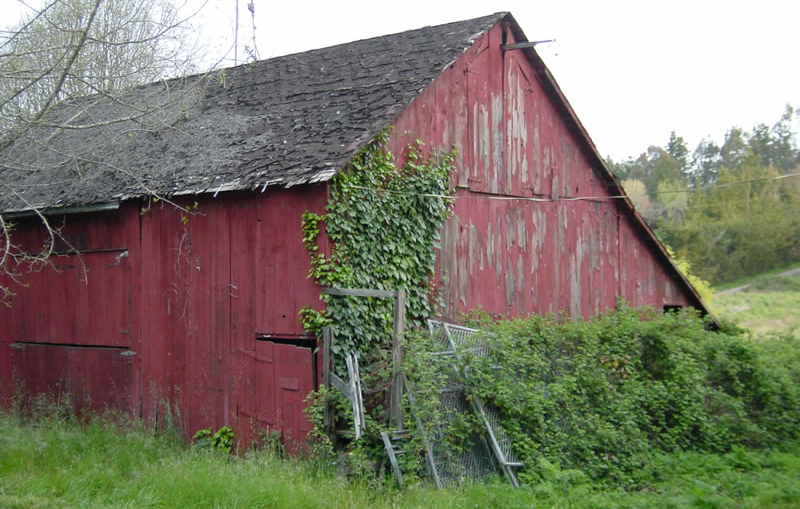
If you’ve gone out to buy a coffee table or a dresser, you’ve most likely come across some with a “distressed” finish. Banged, scraped, rubbed, chipped, and worn, distressed furniture is new furniture intentionally made to look used and old. Setting aside the question “why not simply buy an old beat-up dresser at the thrift shop?” it is worth considering the sales logic of making a new piece of furniture look old. The answer is a simple one; some people like things that feel “lived with.”
I am one such person and my wife shares an appreciation of age. Our house is filled with old things. The passage of time in a household naturally adds the after effects of banging, scraping, rubbing, and chipping, most of which come with a story; the ballpoint pen wielded like a pick-ax by a two-year-old at the dining room table, wooden tools darkened through daily handling and natural oils in the palm of the hand, a chip in the spout of an old tea pot. In some sense, these are tokens of simple living, the marks of existence.
There is a softness that comes with age; even metal softens as its surface changes from shiny glossiness to dull patina. China absorbs air molecules and changes color, panes of glass “melt” into watery waves, wood dries and splits and warps. These changes in the character of things become the thing itself, slowly revealing time at work within artifacts of culture. Antiques have value for precisely this reason.
Towns and cities also age; sidewalks crack, paint peels, gutters leak, and fashions change. Just as with the contents of a home, the contents of a city reveal real history, contain stories and carry meaning. In older cities, the physical becomes the metaphysical; with each step or turn one walks in the footsteps of others long gone, who walked in the footsteps of ones before them and so forth to the original people who walked in nature. We call this “historic” but it’s more than that; it is the continuity of society, the continuity of self, our very own story.
We live in the age of new and shiny. New cars, new appliances, new this, new that, form the basis of our consumer economy. Planned obsolescence pushes oldest into the trash bin and replaces it with newest, garnering nary a glance of dismay. To the contrary, people are excited by new and some are actually afraid of old. To some, old seems dirty and dangerous, in immediate need of disinfection. Thus a new coffee table made to look old is a perfect solution for which people are willing to pay extra.
Towns and cities are prone to new and shiny too. Here in Sonoma there was a serious proposal made in the 1950s to put a gas station within the Northwest corner of the Plaza Park; it never came to pass, obviously, and thank goodness for that. Over time, even buildings of the 60s and 70s, emblematic of a period when old buildings were even less popular than they are today, attain the patina of age.
Faux historic architecture is like distressed furniture, playing on sentiment but ultimately fake, empty of history or meaning. Old and shabby may be old and shabby, but at the very least it’s real. And that makes it worth preserving.